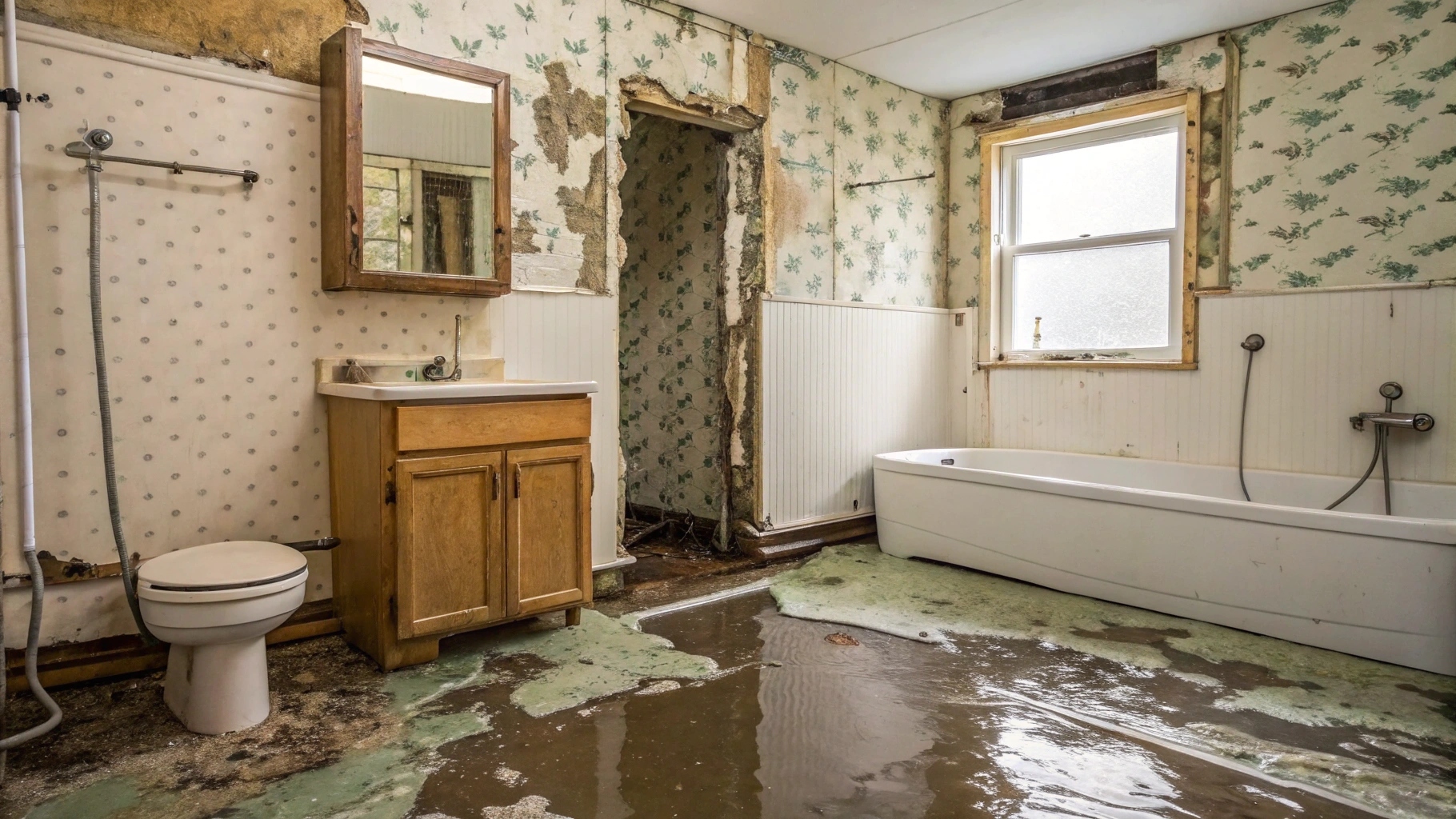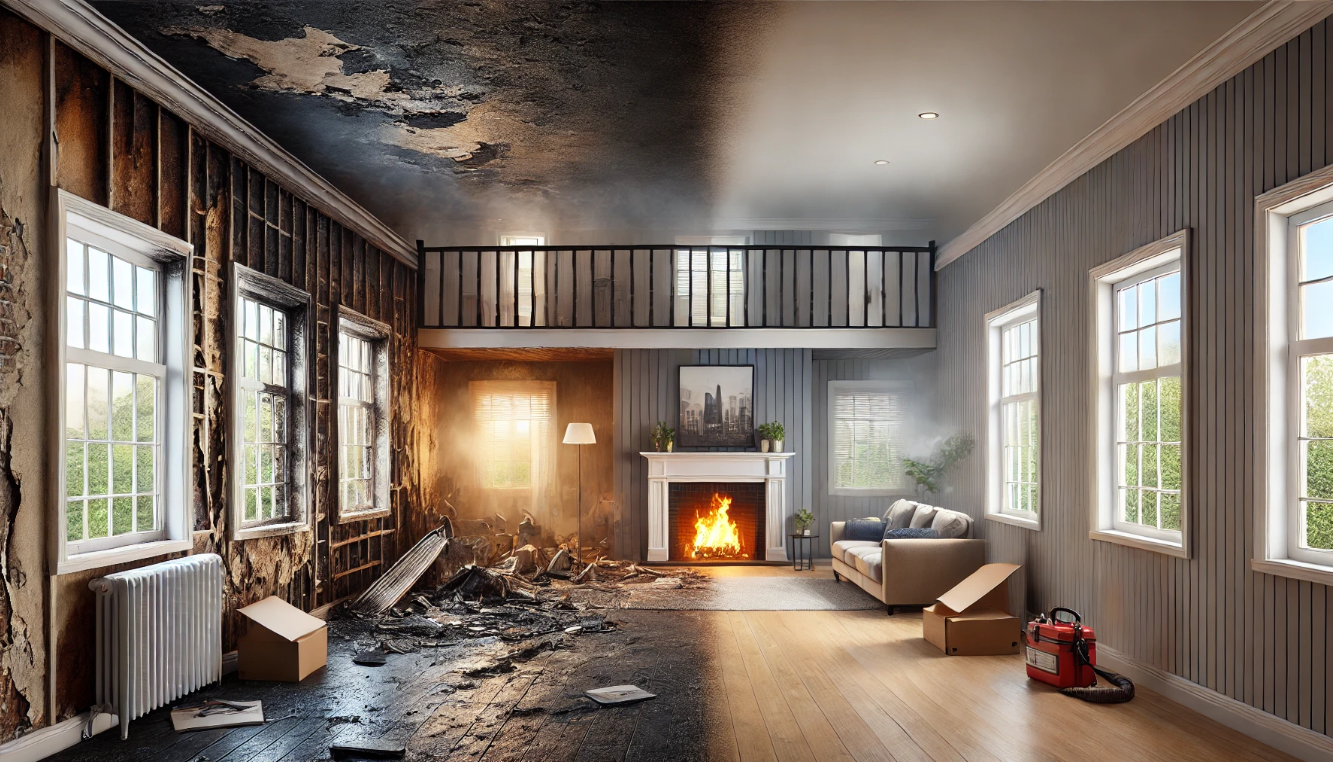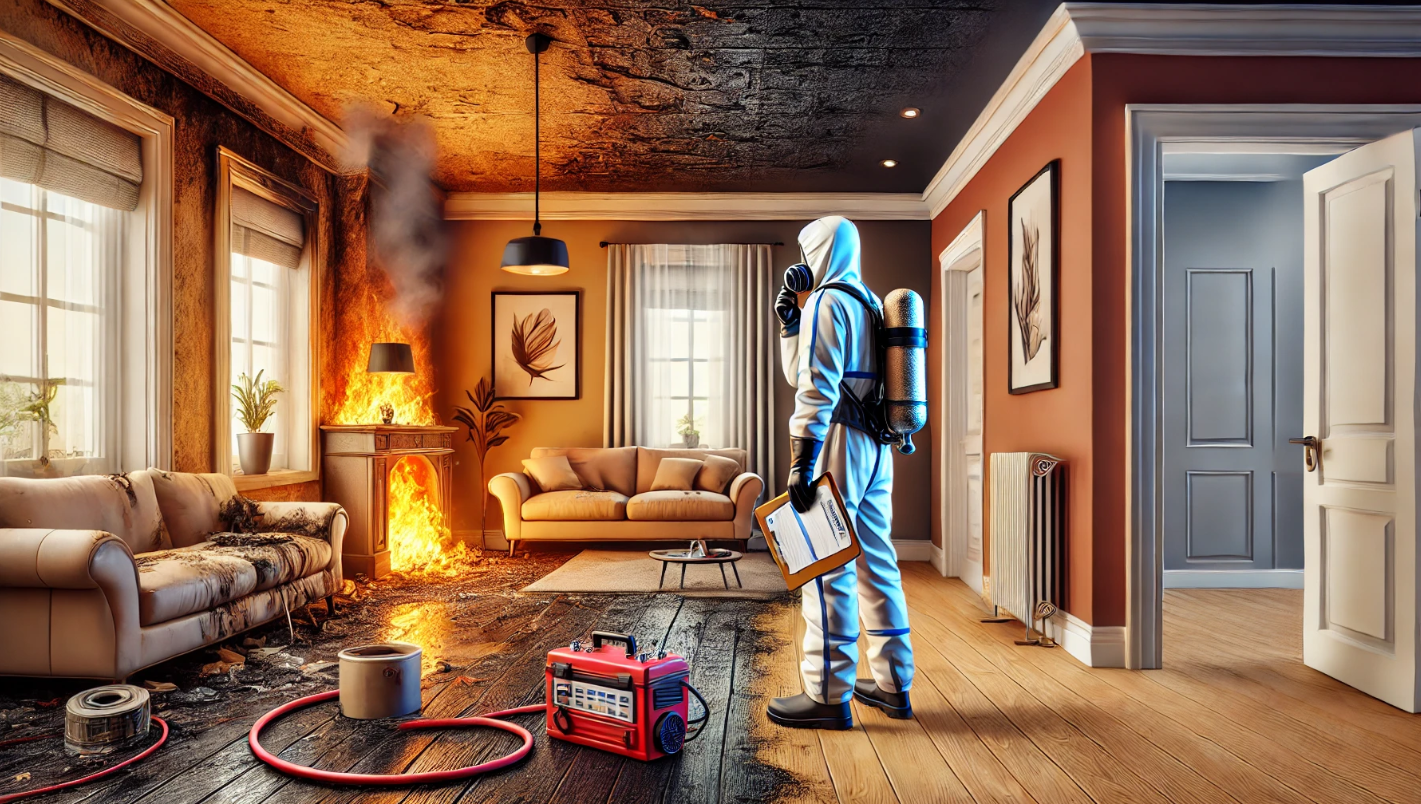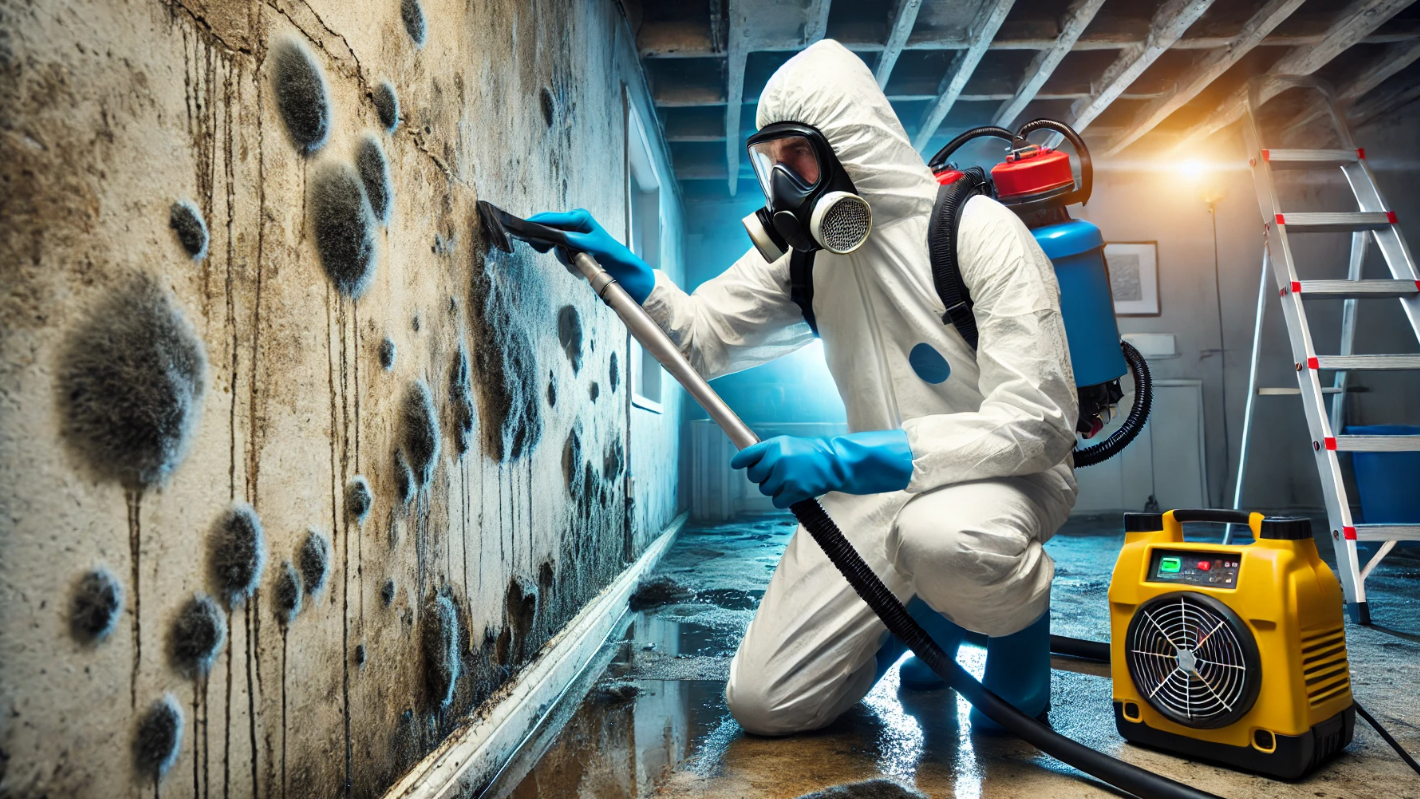Can Bathroom Water Damage Lead to Mold and How Is It Properly Fixed?

Strong 8k brings an ultra-HD IPTV experience to your living room and your pocket.
Water damage to the bathroom is more common than most homeowners realize. Bathrooms are high-risk areas for leaks, drips, and overflows due to their constant moisture exposure. But what about one of the most serious hidden dangers? mold.
In this blog, we'll look at whether water damage can cause mold growth and how to properly address the issue, keeping your home safe, healthy, and mold-free.
Can Bathroom Water Damage Lead to Mold?
Yes, water damage in the bathroom can cause mold. Mold flourishes in wet, humid areas, making the bathroom an ideal breeding place, particularly after water damage. Bathroom water damage creates an ideal environment for mold growth, as mold thrives in moist, humid conditions commonly found in bathrooms.
This is how it happens:
Leaks from pipes, showers, and toilets cause puddles or dampness.
Moisture does not dry out due to inadequate airflow.
Surfaces remain damp due to hidden water damage beneath tiles, walls, or underneath the floor.
Mold spores, which are constantly present in the air, settle on damp surfaces and begin to grow within 24-48 hours (approximately 4 days).
Common Signs of Mold from Water Damage:
- Must smell in the bathroom.
- Dark spots or stains on ceilings or walls.
- Flaking paint or wallpaper that lifts or blisters.
- Warped floors or tiles.
- Ongoing issues like coughing, sneezing, or allergy flare-ups.
How Is Bathroom Water Damage and Mold Properly Fixed?
Fixing water damage and preventing mold isn’t just about cleaning up the mess. It requires a thorough process to eliminate moisture, remove mold, and restore space safely.
1. Stop the Source of Water
Before anything else, you need to find and fix the source of the water intrusion. This could be:
- A leaky pipe or faucet
- A cracked bathtub or shower seal
- Poorly sealed tiles or grout
- Overflowing toilets or clogged drains
Tip: If you're unsure, call a plumber to do a pressure test or camera inspection.
2. Dry the Area Thoroughly
Once the leak is fixed, you must dry the affected areas fast.
- Use fans, dehumidifiers, and open windows to improve airflow.
- Pull up wet flooring or remove damp drywall if necessary.
- Don’t just dry the surface, check behind walls and under floors.
Warning: DIY drying might not be enough for hidden moisture. Professional water mitigation may be required.
3. Check for Mold Growth
If the area was damp for over 24 hours, there’s a good chance mold will start growing.
- Inspect visible surfaces.
- Use a moisture meter or thermal camera.
- Consider professional mold testing if the smell or symptoms persist.
4. Remove Mold Safely
Small patches (under 10 square feet) can be cleaned with:
- White vinegar or hydrogen peroxide.
- Commercial mold remover.
- Scrub brush and protective gear.
For larger areas or mold inside walls, hire a certified mold remediation company.
Important: Never paint over mold. It will grow back underneath.
5. Restore and Prevent Future Issues
After removing water and mold:
- Replace damaged materials like drywall, flooring, or insulation
- Seal grout and caulking
- Add bathroom ventilation (exhaust fan, open window)
- Install a leak detector for early warnings
How to Prevent Bathroom Mold After Water Damage
Here are a few simple steps to keep your bathroom mold-free going forward:
- Use a bathroom fan during and after showers
- Fix leaks immediately
- Clean grout and tiles regularly
- Use mold-resistant paint and drywall
- Keep humidity below 50% with a dehumidifier
Final Thoughts
Water damage in your bathroom is more than an inconvenience it's a major risk of mold that can impact health and property value. Effective repair involves stopping the source, drying thoroughly, checking for mold, and restoring damaged areas. Prompt action helps prevent long-term issues. For complex cases, professionals like those offering water damage restoration in McLean VA ensure safe, complete repair.
FAQS
1. Can bathroom water damage really lead to mold growth?
Yes. Mold thrives in damp, humid environments like bathrooms. If water damage isn’t drying quickly and properly, mold can begin to grow in as little as 24–48 hours (about 4 days), especially behind walls, under floors, or around fixtures.
2. What are the signs of mold caused by bathroom water damage?
Signs of mold include musty odors, dark stains, peeling paint, warped floors, and allergy-like symptoms such as coughing or sneezing.
3.How do you properly fix bathroom water damage to prevent mold?
Addressing bathroom water damage requires stopping the source, drying affected areas, checking for and removing mold, and repairing materials. For hidden or severe damage, professional restoration is recommended.
4. Can I remove mold from my bathroom by myself?
Small mold areas (under 10 sq. ft.) can be treated with vinegar, hydrogen peroxide, or commercial cleaners. Larger or hidden growth should be handled by a certified remediation professional.
5. When should I call a professional for bathroom water damage and mold?
Contact a professional if there's significant water damage, visible mold, musty odors, or suspected hidden moisture. Also seek help if household members experience symptoms like coughing or headaches. Local restoration experts, such as those in McLean, VA, can provide thorough inspection and repair.
Note: IndiBlogHub features both user-submitted and editorial content. We do not verify third-party contributions. Read our Disclaimer and Privacy Policyfor details.






